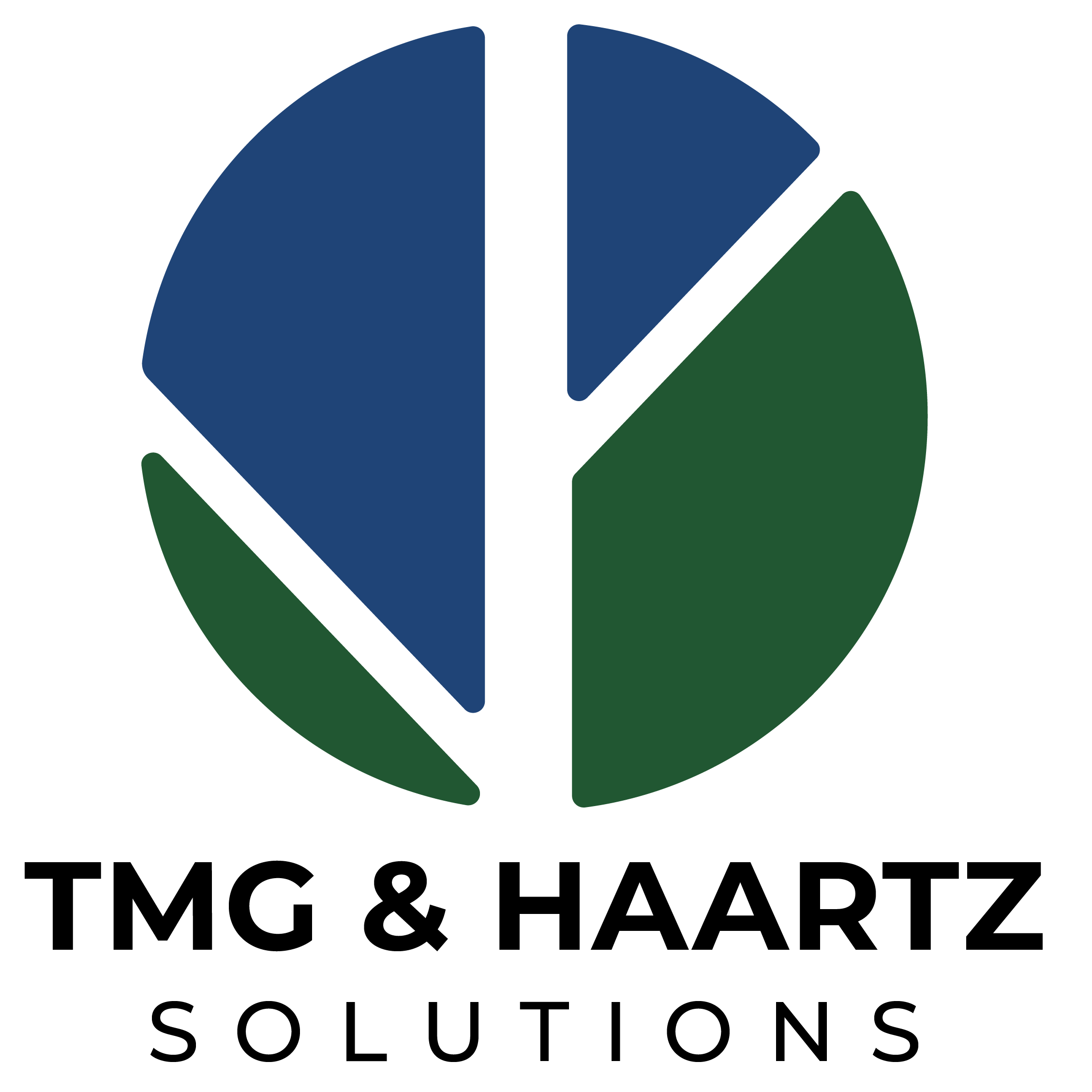TMG Automotive and Haartz Corporation to Invest in U.S. Manufacturing Facility in North Carolina for Automotive Interior Surface Materials – BeBeez International

TMG Automotive and Haartz Corporation Launch Joint Venture to Advance Sustainable Automotive Manufacturing in North Carolina
Introduction
On June 30, 2025, TMG Automotive of Guimarães, Portugal, and Haartz Corporation of Acton, Massachusetts, announced the formation of their joint venture, TMG & Haartz Solutions. This strategic partnership includes a significant investment in a new manufacturing facility dedicated to automotive interior surface materials, located in Bostic, North Carolina. The initiative aligns closely with several Sustainable Development Goals (SDGs), including responsible consumption and production (SDG 12), decent work and economic growth (SDG 8), and industry, innovation, and infrastructure (SDG 9).
Facility Overview and Strategic Location
- The new manufacturing site will occupy the sustainably renovated former Milliken Golden Valley plant.
- Facility size: nearly 300,000 square feet dedicated to world-class synthetic leather production.
- Focus on localized supply of materials for automotive seat covers, instrument panels, door pillars, and shift gear boots.
- Strategically positioned to serve customers across the Americas, enhancing regional supply chain resilience.
Commitment to Sustainable Development Goals
- SDG 8 – Decent Work and Economic Growth:
- Creation of new jobs and long-term economic benefits for local communities in North Carolina.
- Promotion of industrial excellence and customer satisfaction through a skilled workforce.
- SDG 9 – Industry, Innovation, and Infrastructure:
- Investment in advanced manufacturing infrastructure supporting innovation in automotive materials.
- Enhancement of global supply chain and innovation capabilities through regional agility.
- SDG 12 – Responsible Consumption and Production:
- Utilization of sustainable manufacturing practices to reduce environmental impact.
- Commitment to local stewardship and minimizing the carbon footprint of production processes.
Statements from Leadership
Jose-Antonio Texeira, Co-CEO of TMG Automotive, emphasized the partnership’s foundation on mutual trust and aligned values, highlighting the strategic choice of North Carolina for its support of sustainable growth and operational efficiency. He expressed confidence that the initiative will generate long-term benefits for the organizations, employees, and local communities.
John Millea, President of The Haartz Corporation, expressed enthusiasm about the joint venture’s potential to bring innovation, creativity, and sustainable growth to the region. He underscored the companies’ combined expertise and commitment to expanding product offerings in the Americas, while engaging positively with the local community.
Company Profiles and Global Presence
- TMG Automotive:
- Headquartered in Portugal with European operations and offices in Shanghai.
- Over 100 patents and a history dating back to 1971.
- Leader in sustainable manufacturing employing more than 750 people worldwide.
- Haartz Corporation:
- Headquartered in Acton, Massachusetts, with manufacturing in the US and Germany.
- Part of the HaMinGi joint venture with TMG Automotive and Minth Group in China.
- Privately owned since 1907, employing over 400 people globally.
Conclusion
TMG & Haartz Solutions represents a significant advancement in sustainable automotive manufacturing, combining over a century of expertise with a strong commitment to the Sustainable Development Goals. The joint venture’s focus on local production, environmental responsibility, and community engagement exemplifies a forward-looking approach to industrial growth and innovation.
Additional Information
- Website: www.tmghaartzsolutions.com
- TMG Automotive: www.tmgautomotive.pt
- Haartz Corporation: www.haartz.com
- Media Contact:
- Brittany Bagnoli, Corporate Communications
- Phone: +1-508-808-4364
- Email: brittany@b-creativemarketing.com
1. Sustainable Development Goals (SDGs) Addressed or Connected
- SDG 8: Decent Work and Economic Growth
- The article discusses investment in a new manufacturing facility, job creation, and economic growth in North Carolina.
- SDG 9: Industry, Innovation and Infrastructure
- Focus on innovation, sustainable manufacturing, and industrial excellence in automotive surface materials.
- SDG 12: Responsible Consumption and Production
- Commitment to reducing environmental impact and sustainable manufacturing processes.
- SDG 11: Sustainable Cities and Communities
- Engagement with local communities and sustainable renovation of the former Milliken Golden Valley plant.
2. Specific Targets Under Those SDGs
- SDG 8: Decent Work and Economic Growth
- Target 8.2: Achieve higher levels of economic productivity through diversification, technological upgrading and innovation.
- Target 8.5: Achieve full and productive employment and decent work for all women and men.
- SDG 9: Industry, Innovation and Infrastructure
- Target 9.2: Promote inclusive and sustainable industrialization and, by 2030, significantly raise industry’s share of employment and gross domestic product.
- Target 9.4: Upgrade infrastructure and retrofit industries to make them sustainable, with increased resource-use efficiency and greater adoption of clean and environmentally sound technologies.
- SDG 12: Responsible Consumption and Production
- Target 12.2: By 2030, achieve the sustainable management and efficient use of natural resources.
- Target 12.5: By 2030, substantially reduce waste generation through prevention, reduction, recycling and reuse.
- SDG 11: Sustainable Cities and Communities
- Target 11.3: Enhance inclusive and sustainable urbanization and capacity for participatory, integrated and sustainable human settlement planning and management.
3. Indicators Mentioned or Implied to Measure Progress
- SDG 8 Indicators
- 8.2.1: Annual growth rate of real GDP per employed person.
- 8.5.2: Unemployment rate, by sex, age and persons with disabilities.
- SDG 9 Indicators
- 9.2.1: Manufacturing value added as a proportion of GDP and per capita.
- 9.4.1: CO2 emission per unit of value added.
- SDG 12 Indicators
- 12.2.1: Material footprint, material footprint per capita, and material footprint per GDP.
- 12.5.1: National recycling rate, tons of material recycled.
- SDG 11 Indicators
- 11.3.1: Ratio of land consumption rate to population growth rate.
4. Table of SDGs, Targets and Indicators
| SDGs | Targets | Indicators |
|---|---|---|
| SDG 8: Decent Work and Economic Growth |
|
|
| SDG 9: Industry, Innovation and Infrastructure |
|
|
| SDG 12: Responsible Consumption and Production |
|
|
| SDG 11: Sustainable Cities and Communities |
|
|
Source: bebeez.eu








